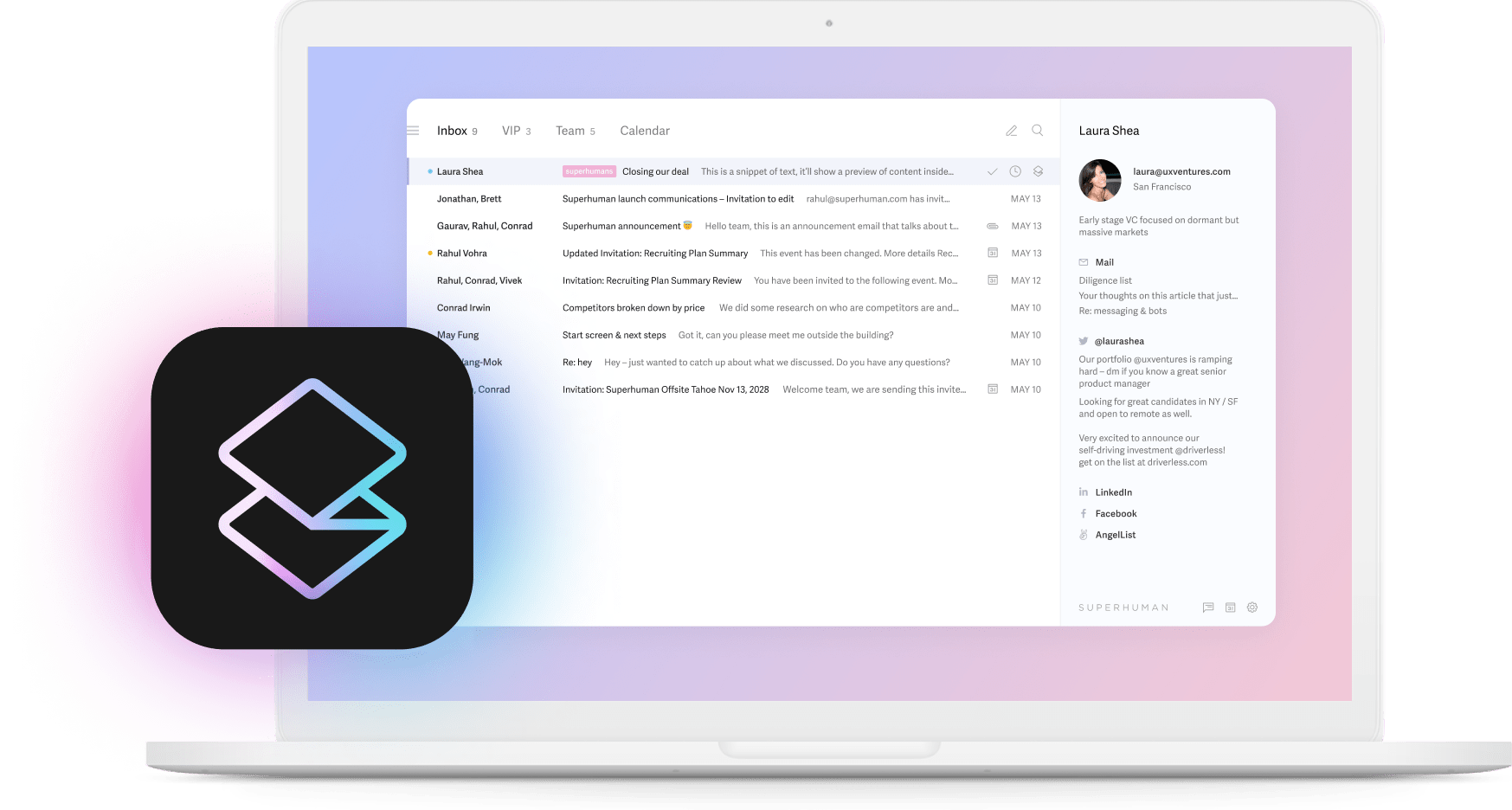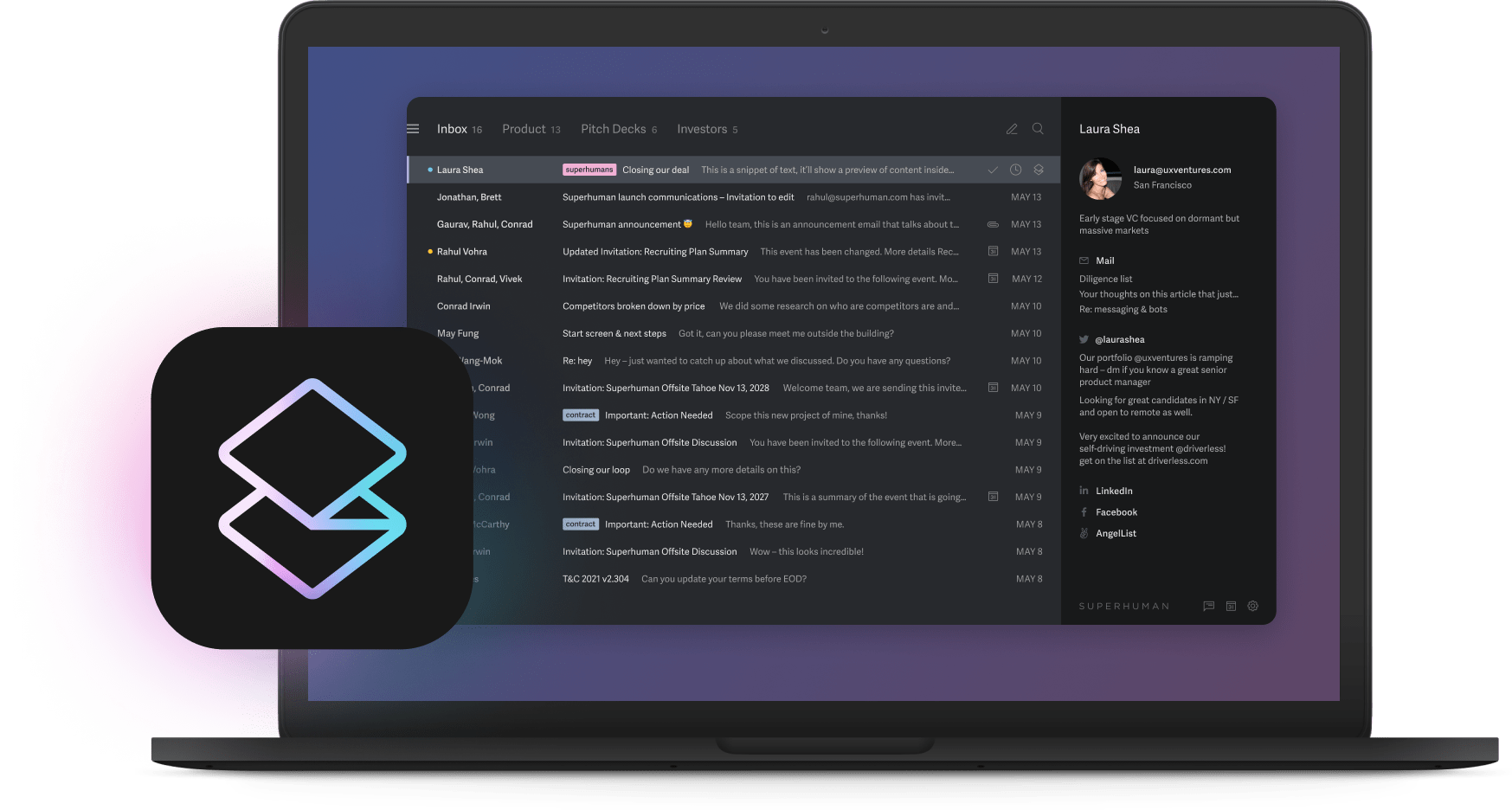
Your top performers already save hours weekly with AI, but this creates a dangerous gap. While they accelerate ahead, the rest of your organization moves at yesterday's pace, causing fragmentation that individual heroics can't fix.
According to our State of Productivity AI report, industry-leading companies are 3x more likely to have experienced productivity gains from AI.
The companies dominating tomorrow aren't those with isolated wins, but those turning scattered experiments into enterprise-wide advantage right now. Here's how to make that shift across your entire organization.
What are enterprise AI adoption challenges?
Enterprise AI adoption challenges refer to the organizational, technical, and cultural barriers that prevent companies from successfully implementing artificial intelligence technologies at scale.
These challenges encompass data infrastructure limitations, integration complexities, talent shortages, change management resistance, and governance requirements that emerge when transitioning from isolated AI experiments to comprehensive enterprise deployment.
The primary categories include technical obstacles such as legacy system incompatibility and data silos, organizational barriers including skill gaps and resistance to change, and strategic challenges around ROI measurement and governance frameworks.
These challenges distinguish enterprise AI adoption from individual usage, requiring coordinated strategies that address infrastructure, culture, and processes simultaneously.
Without systematic approaches, organizations experience fragmented adoption where productivity gains remain isolated rather than compounding across departments.
Why enterprise AI matters for high-growth companies
The allure of organic adoption creates a deceptive sense of progress. Individual usage doesn't automatically translate to organizational transformation. Imagine 100 employees each saving 10% of their time using various tools. While valuable individually, they fall short of collectively transforming the organization.
Systematic enterprise-wide adoption unlocks network effects. Entire teams using coherent systems streamline processes, foster innovation, and enhance productivity. This holistic approach ensures all parts work in harmony, amplifying potential beyond individual usage.
The window for first-mover advantages is rapidly closing. Companies embracing systematic implementation will outpace competitors, even those with superior products but lagging execution. Without coherent strategy, companies risk being overshadowed by rivals with inferior products but superior execution. True competitive advantage lies in cohesive deployment across the board.
Common enterprise AI adoption challenges: Deep dive
When you scale from side project to company-wide engine, familiar friction points grow exponentially. Here are the six critical challenges where most programs stall:
- Data quality and governance - Unreliable or siloed data that can't scale beyond proof-of-concept
- Integration and scalability - Tool sprawl creating unsustainable technical debt
- Implementation costs and ROI - Hidden expenses that balloon beyond initial projections
- Talent gaps and hybrid teams - Shortage of skilled professionals to drive adoption
- Change management - Organizational resistance to new workflows
- Security and compliance - Shadow IT creating governance risks
Let's examine each challenge and its solution:
Data quality and governance
Without reliable, shareable data, even the smartest model becomes an expensive proof-of-concept. Individual teams patch gaps with manual exports or public datasets. The moment you scale, those shortcuts fail.
A minimum viable standard covering clean schemas, role-based access, and versioned datasets lets you move quickly while satisfying auditors. When every team archives, tags, and shares consistently, conversations flow and insight compounds.
Integration and scalability
Tool sprawl drains momentum faster than any algorithmic flaw. Departments buying their own chatbots or analytics engines create an integration tax that balloons over time. Each new connector adds brittle code and duplicated effort.
Anchor early work inside a platform spanning core workflows. Split Inbox, for example, automatically categorizes emails to spotlight high-priority messages so users focus on what matters most. Unified infrastructure means you set security, observability, and scaling once instead of a dozen times.
Implementation costs and ROI
Piecemeal adoption looks thrifty until the real bill arrives. Hidden costs surface later: duplicate licenses, ad-hoc integrations, security reviews, and the revenue competitors capture while you debate scope.
Price the entire journey instead. Include engineering hours linking shadow tools, risk premiums auditors add when controls are unclear, and opportunity cost of delayed execution.
According to our AI productivity report, Superhuman customers using AI save 37% more time than those who don't. Coordinated adoption shows larger but shorter payback because network effects kick in once every team shares the same models and data.
Talent gaps and hybrid teams
With AI evolving faster than traditional education and upskilling programs can adapt, relying on a few heroes creates an internal elite while everyone else falls behind.
Build clear, role-based learning paths, pair data scientists with domain experts, and give employees no-code tooling for safe experimentation. When the whole team masters productivity shortcuts, aggregate speed rises and gaps shrink.
Change management
Technology fails when culture stalls. Middle leaders protect today's KPIs, slowing anything disrupting familiar workflows. Make the competitive gap visible, then link pilots to goals those leaders already prize.
Hands-on training shows employees enhancement, not replacement. Prosci's change management frameworks offer a repeatable playbook. When people trust both vision and process, resistance fades and adoption sticks.
Security and compliance
Unapproved chatbots and personal accounts create shadow IT skirting your security perimeter. A coherent governance model with tiered access, audit trails, and continuous monitoring lets you move fast while keeping trust intact. Once controls are baked in, new services ship faster because every stakeholder sees the guardrails.
Sector-specific case studies
Every industry faces the same paradox: scattered successes rarely translate into enterprise gains. These stories show how different sectors broke through.
A fast-growing fintech discovered top performers running customer communications through half a dozen disconnected applications, creating data silos and security risk.
They formed a cross-functional committee, mapped customer workflows, and replaced point solutions with a single governed platform. Within a quarter, every support rep used the same tooling, compliance reviews dropped, and response times converged.
A global consulting firm faced partners choosing their own writing assistants, leaving analysts stitching outputs together. They launched a Center of Excellence, standardized templates, and shifted KPIs from billable hours to client satisfaction.
Project delivery accelerated, margins improved, and clients received consistent deliverables regardless of office location. Centralized governance prevents tool fragmentation and makes cross-team collaboration effortless.
Proven framework and actionable resources
Scattered wins never turn into market dominance without a clear plan. Your roadmap has three phases converting isolated victories into enterprise advantage:
- Phase 1: Audit the gap Map where champions succeed and workflows stall. Document every brittle integration. Most leaders struggle connecting systems to legacy infrastructure.
- Phase 2: Select connecting platforms Pick tools that unite rather than fragment. When you standardize on a single experience, saved minutes compound across every conversation. According to our AI productivity report, teams using Superhuman Mail respond to email twice as fast. Unified platforms tackle the data mess blocking most organizations.
- Phase 3: Create momentum Launch a 90-day transformation sprint. Roll out features weekly, publish metrics on dashboards, celebrate quick wins. Track the drop in productivity variance between top performers and median employees. When that gap narrows, capability is spreading.
Strategic approaches to overcome challenges
Begin with a mindset shift. Treat implementation as enterprise transformation, not a side project. When you focus on company-wide change, isolated wins turn into compounding advantage.
Here are the key strategic approaches:
- Create clear standards - Capture best individual practices and make them default for every team. Shared APIs, data schemas, and design patterns reduce integration burden.
- Expose competitive gaps daily - Use dashboards tracking adoption, model performance, and time saved. This reveals where momentum stalls and prevents tools from slipping into the "cool experiment" category.
- Invest in organizational literacy - Train across all teams, not just specialists. When your entire team works with modern tools effectively, you multiply competitive advantage.
- Build accelerating governance - Implement robust policies on data quality, privacy, and model lifecycle that prevent tool sprawl while giving teams confidence to move fast.
- Prioritize connecting workflows - Start with customer-facing processes where quick wins create visible impact. With Instant Reply, reps wake up to an inbox where emails already have draft responses.
Remember, most organizations struggle with data issues slowing adoption. A coherent strategy unifying data, culture, and tooling beats brilliant but isolated implementations every time.
How to start overcoming enterprise AI adoption challenges today
Top performers prove these systems work, but when excellence stays personal, your organization falls behind competitors who've solved the scaling challenge. Our AI productivity report shows companies using coherent approaches see 3x improvement rates. The window is closing fast.
Move now: set shared data standards, pick unifying platforms, train every employee. Companies solving these challenges today dominate tomorrow's market.
Ready to see how AI-native platforms save teams 4 hours weekly per person? Try Superhuman Mail and discover why industry leaders choose us to transform enterprise productivity.
FAQ section
Q: Should we let AI adoption happen organically? No. When everyone picks their own tools, data and workflows splinter. Coordinated strategy turns scattered gains into compounding advantage.
Q: What's the difference between individual and enterprise AI success? Personal productivity boosts don't stack. Enterprise-wide adoption connects teams, data, and decisions so every win feeds the next.
Q: How do we move from pilots to transformation? Choose shared platforms, set clear governance, track cross-functional outcomes like cycle-time reduction or faster customer response.
Q: What's the first step toward coherent adoption? Map the gap. Compare how top performers use tools versus where the organization struggles, then design training and tooling lifting everyone to the same level.






